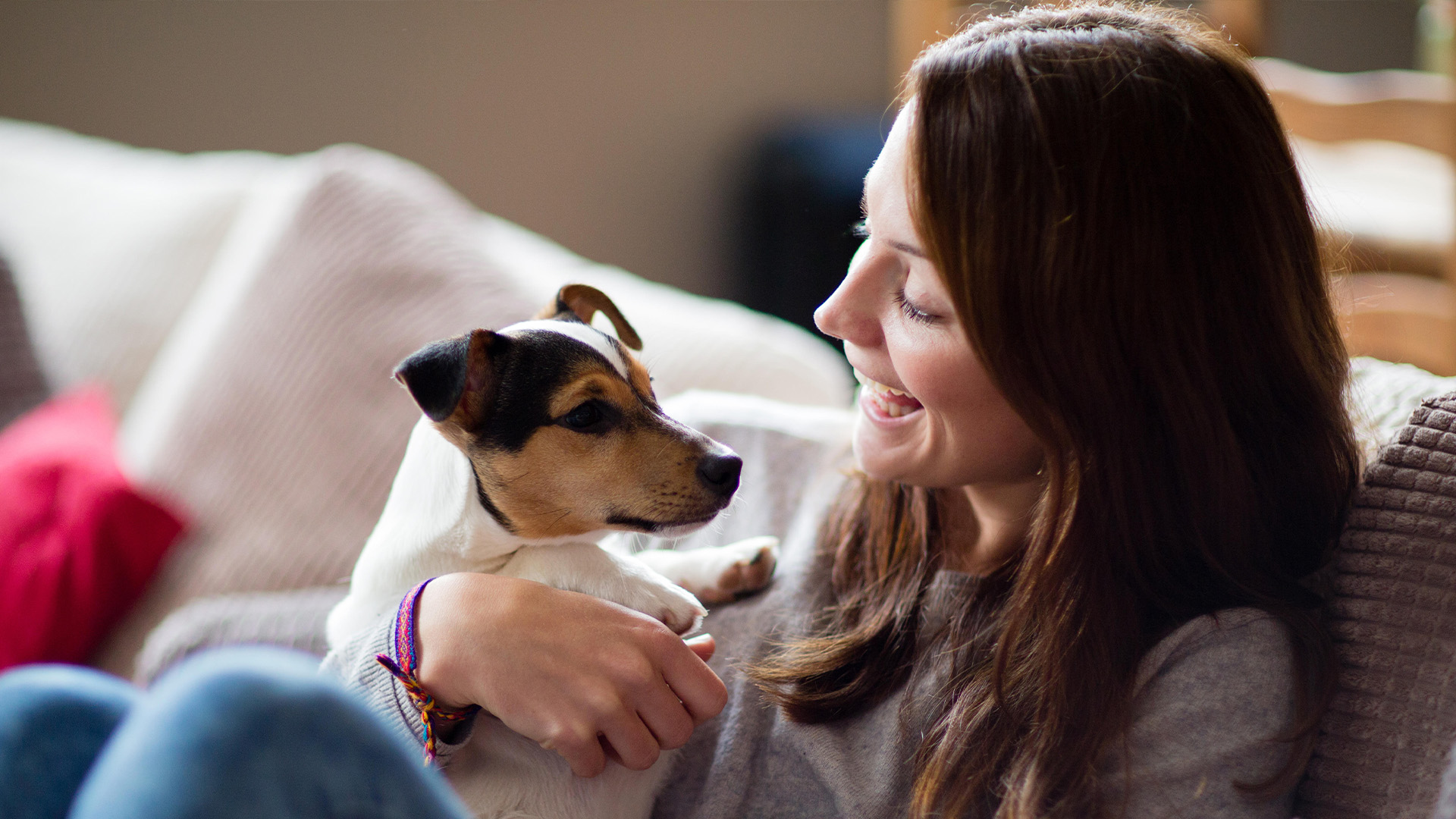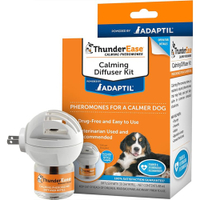Vet shares six simple tips for keeping new puppies happy, healthy and safe
Here’s what you need to know before welcoming your new arrival

When you bring home a new puppy, there’s so much to think about. It can feel overwhelming – even for pet parents who have other dogs already or have had them in the past.
From the best puppy food to house training to socializing your puppy, there really is so much to think about. So, that’s why Dr. Tiffany Tupler, senior vet at Chewy Health has brought together some of her best advice to help keep our new pups safe, happy, and healthy. Let’s take a look.
1. Find nutritious food
“Proper nutritional health is key for puppies,” says Dr. Tupler. “It's important that they are fed multiple meals (3-4 times) per day with a diet that is balanced and formulated for young puppies.”
If unsure, ask your vet for advice, and if they suggest changing your puppy’s diet, transition to their new food over the course of a week and consider using a puppy-specific probiotic to assist with digestion.
2. Creating a safe space
It’s going to be an intense time for your puppy, and it’s important for them to have a safe space in your home. If you’re using a crate, it should be large enough for them to stand up, turn around, and lie down. For bigger breeds, you might decide to use one with a divider so they can grow with the space.
“Use pheromone diffusers to help decrease anxiety and stress,” adds Dr. Tupler. “Placing the crate in a space that is free from heavy traffic helps decrease stress.”
ThunderEase Adaptil Calming Pheromone Diffuser | Amazon
This drug-free pheremone calmer helps dogs adjust to challenging situations and curbs unwanted stress-related behaviors.
3. Learning a communication system
“It's important that you learn how to speak to your pup, such as understanding body language and monitoring for stress and fear signs,” says Dr. Tupler. “By learning these body postures, you can help combat anxiety and phobic behaviors and help build a strong foundation for teaching sit, stay, and wait!”
PetsRadar Newsletter
Get the best advice, tips and top tech for your beloved Pets
4. Considering safety on the stairs
Puppies can easily trip, so it’s important to be careful around stairs if you have them in your home. Dr. Tupler recommends introducing them gradually when your dog is aged between 12–16 weeks. However, smaller dogs may need more time here.
5. Puppy-proofing the house:
Remove any plants in the house or in the yard that are toxic or poisonous to dogs, and keep any human medications high up and behind closed doors. Cleaning products and foods toxic to dogs should also be moved out of reach when puppy proofing your house.
“Be careful with electric doors and objects that break into smaller pieces, which could be swallowed and cause an obstruction,” adds Dr. Tupler.
If you’ve got small children in the house, you might like to read this article from someone who was in the same boat: I bought a puppy while raising a toddler – here’s six useful tips I've picked up

Adam is a freelance journalist specialising in pets, music and culture, and mental health and wellbeing. He investigates and writes the large majority of news on PetsRadar, and collaborates with veterinary experts to produce informative pet care content.
Adam has a journalism degree from Southampton Solent University and a masters degree in Magazine Journalism from Cardiff University. He was previously senior editor at dog advice website DogTime.com, and has also written for The Independent, GoodToKnow and Healthline.
He owns two rescue cats, Bunny and Dougie, and has also previously had a rabbit, fish and Roborovski dwarf hamsters.

